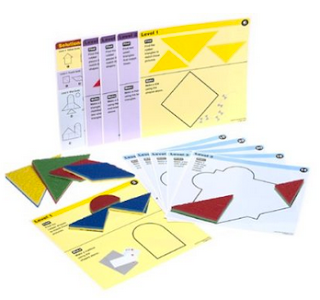Keeping a journal doesn't have to be a chore.
As a child records adventures and thoughts, she is creating a book of memories!
••••••••••••••••••••••••••••••••••••••••••••••
Ideas for entries:
What I did today.
Something I learned today.
I wonder...
(It's ok not to have an idea, too.
Sometimes writing about no idea will create an idea.)
Topics do not have to be broad. Specific topics can create great stories. Telling a story about one, small piece of the day; adding details; and creating a visual, written account, makes for great storytelling.
Broad Topic
(Our Trip to Death Valley.)
Smaller Topic
(Scotty's Castle in Death Valley)
Even Smaller Topic
(Scotty's Castle has a water wheel to generate electricity.)
Specific Topic
(My brother Bill helped the Park Ranger work the Venturi Water Wheel at Scotty's Castle in Death Valley.)
Picture an inverted triangle...with the broad topic at the top, and the topics gradually getting smaller and more specific as you drop down to the point.
Kids can get the hang of this with practice.
Skip using the first several pages to create a
Table of Contents that can be filled in as
entries are made.
Number each page along the way.
Save the back section of the book
(perhaps 3 or 4 pages)
for Topic ideas
that your child can generate
and add to whenever an idea hits him.
Glue in a child-generated or downloaded Words I Use page or two. These would be common words that may be tough to spell but used often in writing.
Besides drawing pictures of experiences,
thoughts, places, etc., glue photographs;
tickets; brochures; fliers; booklets;
or any other item that will spark a story.
To keep the interest level up, and to stay involved with your child's writing, have a family response page after each entry. Your child writes, passes the book to a family member, who then adds a response. Perhaps answers a question, or shares a memory of their own.
Have a Journal Sharing day once a week with family or other children. Sharing writing is the most fun!
••••••••••••••••••••••••••••••••••••••••••••••
Other writing ideas...
••••••••••••••••••••••••••••••••••••••••••••••
The Right Book
Here are some examples. Books usually cost, on average, $2 - $7.
Google search Primary Composition Book.
There are variations in the line size so find the size that best fits your little one's skill level.
Blank journals are nice, as well.
Or the traditional scrapbook works well.
Just write or type on paper and paste in with photos and other memorabilia.
••••••••••••••••••••••••••••••••••••••••••••••
The Right Writing Tools
Having a great empty journal just waiting for fantastic stories isn't enough. Those stories and illustrations need to be written with the best tools!
- pencils
- pens
- markers
- crayons
- colored pencils
- glitter pens
not to mention...
- glue sticks
- colored paper
- stickers
- scissors
- stapler
- ruler
••••••••••••••••••••••••••••••••••••••••••••••
Common Words List
And, to never lose your place, a bookmark!
Of course, kids these days can even start their own blog!
















































